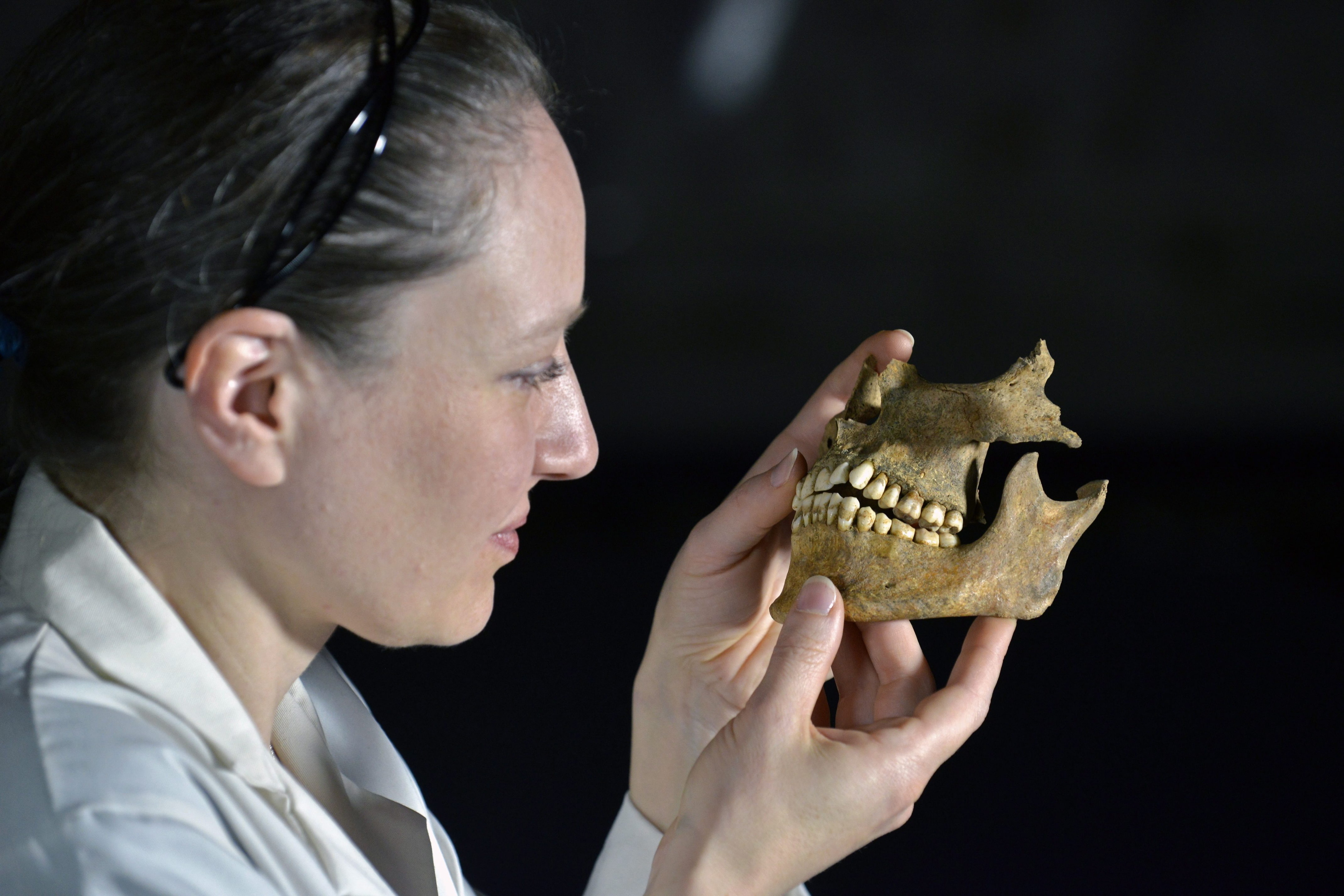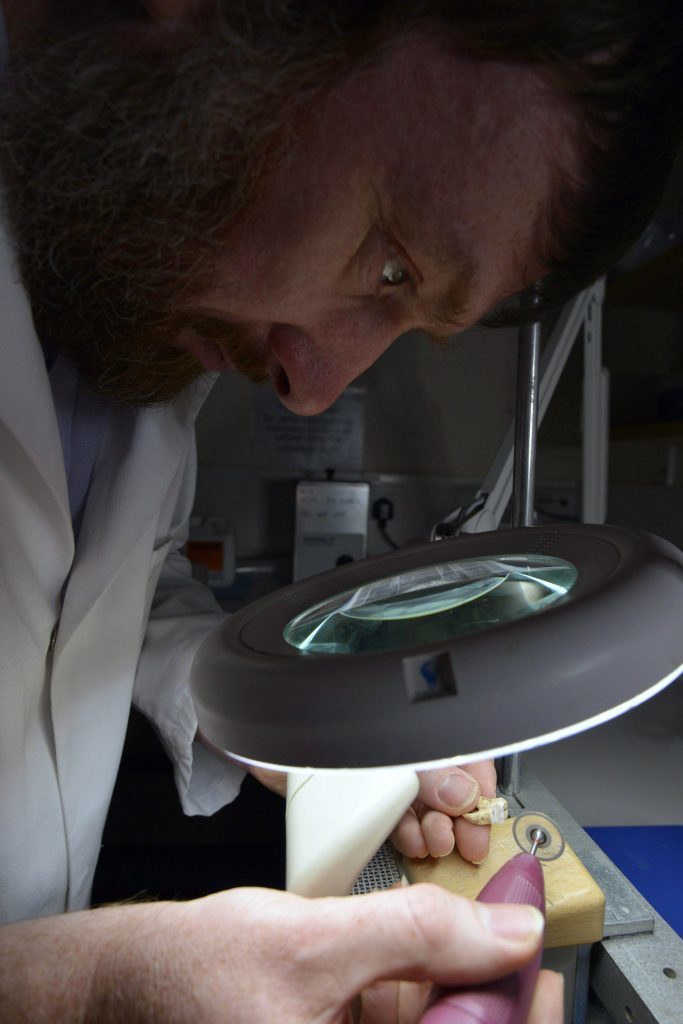
THE remains of Scottish prisoners of war who died after being captured by Oliver Cromwell’s troops nearly 400 years ago will not be reburied north of the border, archaeologists have announced.
Between 17 and 28 skeletons discovered in a mass grave close to Durham Cathedral in 2013 were found to be the bones of prisoners from the brutal 1650 Battle of Dunbar, some 111 miles (179km) north.
Following widespread consultation over what should happen to the bones, including the suggestion of them being returned to Scotland, Durham University has said they will be buried in a nearby churchyard.
A plaque featuring stone from Dunbar will be erected at the original grave site, and further research will be carried out on the remains, expected to finish late next year, before they are reburied.
The remains of the soldiers were found in a mass grave during construction work on the university’s Palace Green Library cafe.
None of the skeletons exhumed is complete as, in keeping with archaeological best practice, only those remains directly affected by the construction work were exhumed.
Research showed they were the remains of Scottish soldiers from the Battle of Dunbar, answering an almost 400-year-old mystery as to where those soldiers who died had been buried.
As an estimated 1,700 prisoners from the battle died and were buried in Durham, it was thought possible that there are more mass graves under buildings close to the cathedral.
The university’s project team concluded that, given the incomplete nature of the skeletons, limiting the distance between those remains that have been exhumed and those still in the original mass graves was the most ethically responsible course of action.
It was also agreed that keeping these individuals as close as possible to their comrades would be morally appropriate.
Professor David Cowling, Pro-Vice-Chancellor for Arts and Humanities at Durham University, said the decision was complex, adding: “We were acutely aware of the strength and depth of interest amongst many about the fate of these soldiers, whilst at the same time recognising our ethical, moral and legal obligations.”
Meetings and public events in Dunbar and Durham also enabled the project team to present its findings to more than 250 members of the public and hear from interested groups and individuals.
Professor Chris Gerrard, head of the project team at Durham University, said: “It has been hugely rewarding to see the level of interest in the Scottish Soldiers Archaeology Project.”
Canon Rosalind Brown, of Durham Cathedral, said: “The hope of both Durham Cathedral and Durham University is that interested parties will join us in planning a fitting and dignified reburial and commemoration for the soldiers.
“We will also be working closely with both the local church and churches in Scotland to plan this.”
After Cromwell’s unexpected victory over Scottish forces who supported Charles II, around 6,000 were captured, with 1,000 of the sickest being freed.
A further 1,000 of the hungry, defeated soldiers died on the gruelling march south, while many escaped and some were shot for refusing to walk further.
Around 3,000 Scots were imprisoned in Durham’s then abandoned castle and cathedral, with an estimated 50 dying every day.
Archaeological analysis of the skeletons found the men were mainly young, inexperienced soldiers.
READ MORE
Wreck of Battle of Jutland ship HMS Falmouth brought to life in 3D computer model
The story behind Culloden- the battle that was to change history

Enjoy the convenience of having The Sunday Post delivered as a digital ePaper straight to your smartphone, tablet or computer.
Subscribe for only £5.49 a month and enjoy all the benefits of the printed paper as a digital replica.
Subscribe